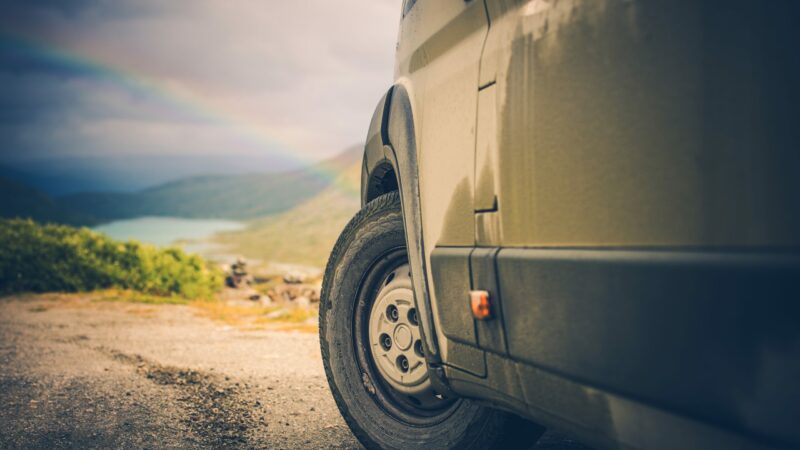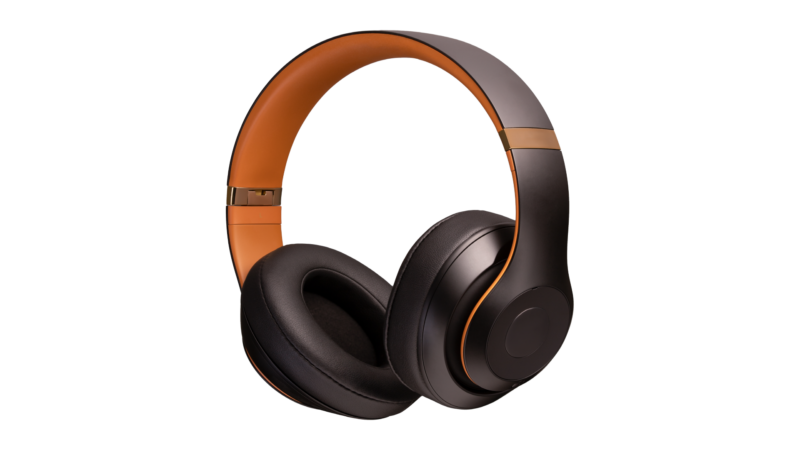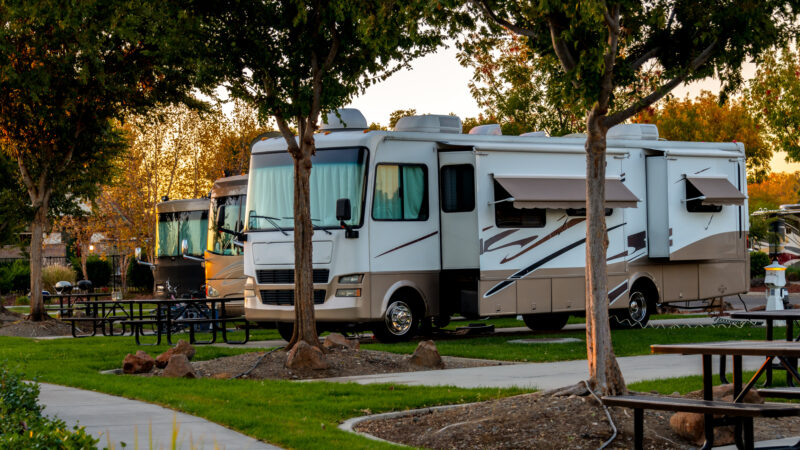A Guide to the Best Pocket Knives on the Market | I Heart RVing

Arguably one of the most useful and versatile tools to have on hand for any type of adventure is a pocket knife. And the more often you use your pocket knife, the more uses you’ll find for these multifaceted tools. There are obvious uses for the best pocket knives, such as opening boxes, removing stray threads, or cutting a steak at the campfire.
Yet the best pocket knives are also a survival tool that can slash through a seatbelt or cut through gauze to dress a wound. It can be used to create tinder to start a fire or used for personal defense if necessary. Or, a heavy-duty pocket knife may even be used to skin an animal.
Pocket knives can also help fish objects out of hard-to-reach places or simply peel a piece of fruit or get a slice of cheese, as long as it’s clean.
How to Choose the Best Pocket Knives
Picking the best pocket knives for you can be an intimidating task. After all, knives are sharp and pointy, and skin is soft and easy to cut. Even opening or closing the knife to expose and then put away the blade can cause concern with the first few uses.
Then there are an overwhelming number of choices for:
- Blades, which differ in shape (e.g., straight, curved, hooked), edge (e.g., plain, serrated, or both), point shape, material (i.e., different types of metal, typically carbon steel, stainless, or tool steel), length, and aesthetics.
- Handles or hilts, which the knife blade folds into. These can be made of metal, carbon, fiberglass, nylon (or composites), wood, bone, or even stones or gems, or a combination of any of the above.
- Locks, since the knife will often be placed in a pocket, you want the blade to stay securely in place when not in use. Yet you also want it to keep the blade firmly locked open when in use, so it doesn’t collapse while doing a job, risking damage to your fingers, and can be used at a variety of angles.
Common locks include slip joints, which use spring tension (such as a Swiss Army Knife) that can be closed with relative ease by pressing on the back of the blade. Other locks include frame locks, liner locks, and lock backs. Some knife makers have their own unique locking systems that are proprietary. - Deployment, which determines how the knife opens. Many are manually opened, but there are also assisted deployments that use a spring to help the knife open more easily, and automatic (e.g., switchblades), which take minimal to no effort to open. There are other mechanics that make the knifes easier (or harder) to open and close.
- Size—pocket knife blades typically range from 2 to 3.5 inches with handles from 3.5 to 5 inches. If you’re looking for a daily everyday carry option, look for one that easily fits into your belt or pocket when closed and that’s light enough to comfortably carry.
One of the most important considerations is how the tool feels in your hand and in your pocket. Before buying, it’s a good idea to visit an outdoor store that provides a wide variety of options, so you can get a good handle on which fits you and your style. - Cost can vary from a mere 2 bucks to over $300. While we can’t in good conscience recommend cheap knives (you typically get what you pay for), you can still find a decent quality pocket knife for under $50 and sometimes under $20. (Find the right sale, and you may pick one up for just $10.) $300+ may seem like a steep price, but after you’ve discovered how useful these tools can be (and found your own preferences), the cost can start to make sense—especially for one that will last decades, if not a lifetime.
Best Pocket Knives According to Experts
Choosing the best pocket knives can be highly personal. Your hand size and strength can make a big difference in how comfortable a knife is for you. You may also find that you prefer a particular shape, size, or composition, depending on your needs. As discussed above, there are a lot of variations and no pocket knife is best for all people, all the time. (And many folks have several to switch between, depending on the day’s agenda.) That said, there are quality brands to take a look at. Some of the expert-recommended favorites for the best pocket knives include:
- SOG TWI8-CP Twitch II (~$50 on Amazon.com) due to its smooth deployment, sharp edge, and comfortable carry.
- Spyderco Delica 4 (~$88 on Amazon.com), made with extremely strong, durable Japanese steel to last a lifetime. Plus, the shorter blade with a thumbhole makes it easier to handle.
- SOG Terminus XR LTE (~$115 on Amazon.com) is made with carbon fiber combined with steel that can hold an edge for longer while lightening the load and a flip tab that can be used in either hand.
- CRKT Drifter (~$59 on Amazon.com) is an affordable yet quality pocket knife that can be smoothly opened or closed with just one hand. It’s also one of the most comfortable for both large and small hands due to its contoured handle and light grip-enhancing texture.
- Sanrenmu 710 (~$22 on Amazon.com) is another affordable option if you’re just looking at testing out a pocket knife to see how quickly it becomes an everyday essential.
- Spyderco Dragonfly 2 (~$105 on Amazon.com) is an everyday workhorse from one of the most respected knife makers. Its compact size and full-service cutting performance with comfortable, secure grip make it a suitable tool for most needs.
- Opinel No. 8 Carbon Steele (~$19 on Amazon.com) offers an affordable, time-tested design. It’s lightweight, effective, and comfortable. Plus, it has a collar lock for extra safety—that is, it can’t come open in your pocket and has extra support to keep it open while in use.
- Kershaw Link (~$84 on Amazon.com) is another reliable knife maker that produces quality. This knife in particular deploys quickly with one-hand action due to the spring assist.
- Kershaw Terran EDC (~$27 on Amazon.com) is more affordable if you want the Kershaw quality. While this knife isn’t flashy, it is well-constructed and adept for numerous tasks.
- CRKT Bona Fide (~$85 direct) allows for easy cleaning with tool-free disassembly. After cleaning, it easily locks security back into place. It’s best for light-duty tasks, but its innovative design is a plus.
Legality of Pocket Knives
When it comes to the best pocket knives, note that laws vary from country to country and even state to state. In some countries, it’s illegal to carry any type of knife, including a pocket knife. In other areas, you’ll see pocket knives or Swiss Army knives on nearly every resident.
Wherever you are, make sure you know the laws, rules, and regulations. Otherwise, if the pocket knife is detected, you may have it confiscated, or worse, be picked up by police and held. Knowing the laws of the land can help you avoid any unwanted attention or uncomfortable (even dangerous) situation.
A Guide to the Best Pocket Knives on the Market Takeaway
Carrying a pocket knife translates to having a tool you’ll depend on with you when you need it. It will help you avoid dulling scissors or trying to pry something open with keys (risking damage to the keys, what you’re opening, and perhaps your hand). Especially when you’re on the road, the best pocket knives can help you get out of scrapes and even survive a sketchy situation.







